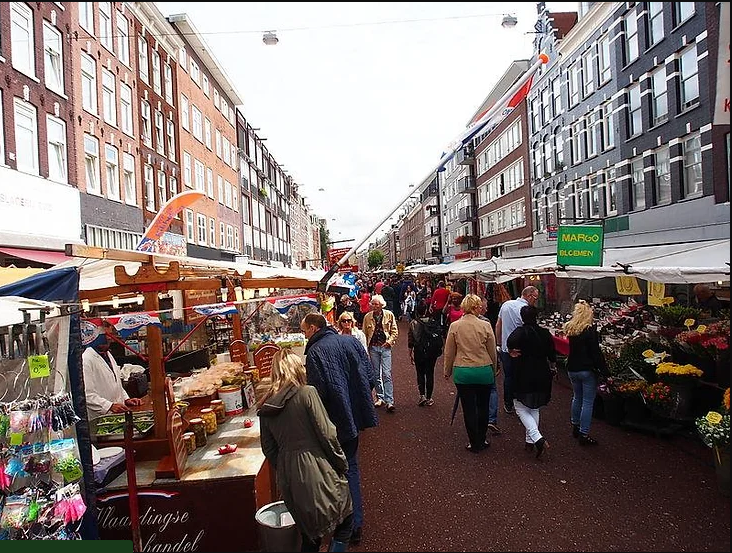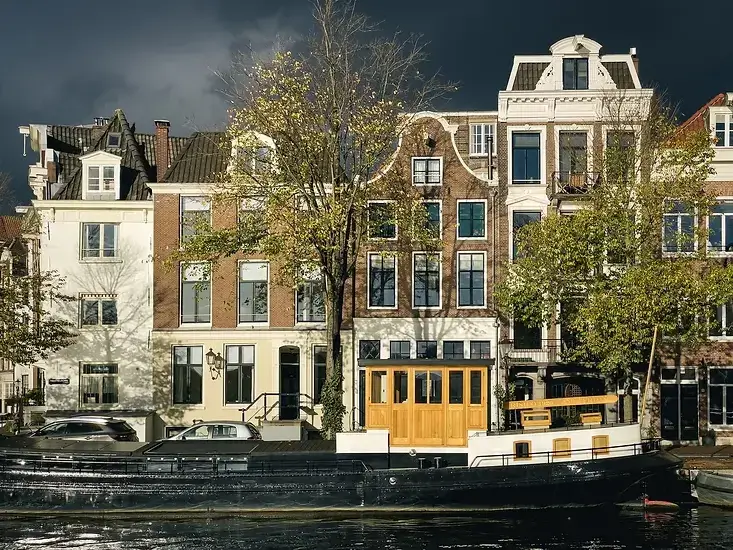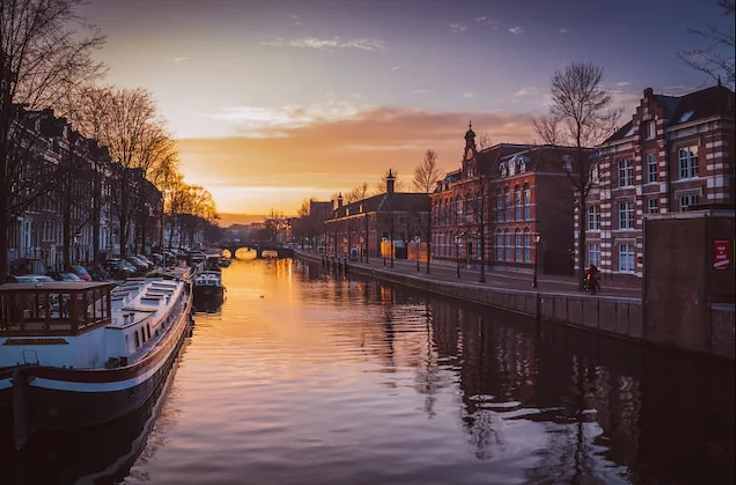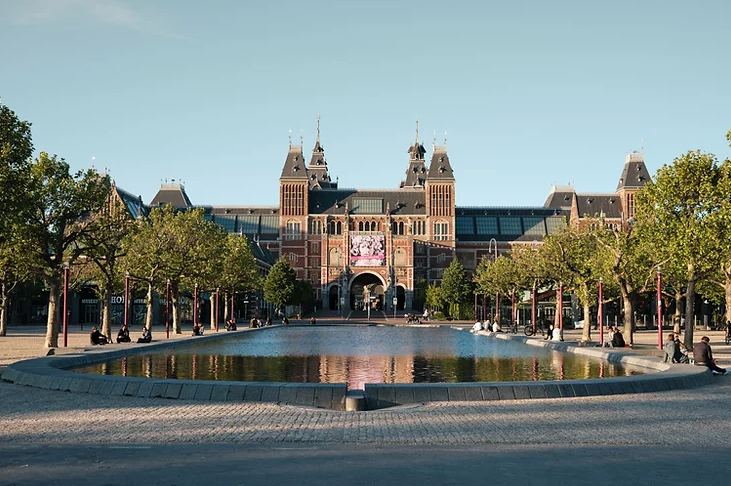
Amsterdam, the picturesque capital of the Netherlands, is famous for its charming canals, historic landmarks, and unique architectural gems. Among these architectural wonders are the famous “Dancing Houses,” a collection of buildings that have captivated locals and tourists alike.
Amsterdam’s canal houses, also known as “grachtenpanden” in Dutch, form an integral part of the city’s cultural heritage. These narrow, tall buildings line the city’s canals, creating a captivating and distinctive skyline. While they may appear charmingly crooked and leaning, there is more to these houses than meets the eye. In this article, we will dive into the fascinating history and reasons behind the name of these crooked and leaning houses:
Why are They Called Dancing Houses?
The word “Dancing Houses” brings to mind a playful, moving structure, but what led to this unusual name? It comes from the unique architectural and historical background of these buildings, which appear to lean and sway along Amsterdam’s canals.
Practicality Meets Aesthetics
Contrary to what one might think, the tilting and leaning of Amsterdam houses were not only caused by sinking ground or architectural mistakes. In reality, many of these buildings were intentionally constructed with a slight tilt to the front. This design choice was driven by practicality and served a specific purpose.

Narrow Staircases and Furniture Hoisting:
Amsterdam’s canal houses feature narrow staircases and hallways, making it challenging to maneuver large furniture pieces through the interior. To overcome this logistical hurdle, the houses were built with a forward incline, allowing residents to hoist furniture and goods through the windows with relative ease. This practical solution ensured that valuable possessions could be transported efficiently, especially during times when the city was prone to flooding.
A Glimpse into Amsterdam’s History:
Beyond their practical function, the leaning houses offer a glimpse into Amsterdam’s rich history. The crooked facades and unique architectural elements reflect the city’s evolution and the challenges it has faced over the centuries. These buildings stand as evidence to the ingenuity and resourcefulness of the Dutch people in adapting to their environment.
Historical Significance: Tales of Resilience and Adaptability:
Amsterdam’s Dancing Houses not only showcase innovative architectural solutions but also symbolize the city’s resilience and adaptability. Let’s explore the historical significance of these iconic structures and the factors that contributed to their creation.
Subsidence and Foundation Challenges?
Amsterdam’s location on swampy ground has posed a constant challenge for builders and residents throughout history. The subsidence of the land and the unstable foundation have resulted in many buildings, including the Dancing Houses, leaning and tilting over time. However, recent foundation repairs have ensured the long-term stability of these historic structures.
Architectural Engineering and Stability?
To address the foundation issues and ensure the durability of the Dancing Houses, experts have played a crucial role. Their expertise in advising and engineering the repairs has contributed to preserving the architectural integrity of these leaning buildings. Measures such as concrete and steel portals have been implemented to stabilize the structures and protect them for future generations.
Practical Considerations and Taxation?
The unique design of Amsterdam’s canal houses is influenced by both practical considerations and historical taxation laws. In the 15th century, the city’s planning laws required buildings to have lightweight facades and large windows to minimize weight. Furthermore, taxes were imposed based on the width of a building’s frontage, resulting in the prevalence of the narrow and slender houses that characterize Amsterdam’s architecture today.
The Charm of Amsterdam’s Leaning Houses?
Despite the initial practical motivations behind their construction, the leaning and crooked houses have become an integral part of Amsterdam’s charm. Their unique appearance creates a sense of whimsy and adds character to the city’s streetscape. The Dancing Houses have become a popular attraction for tourists and photographers, drawing admiration for their architectural quirks.
Conclusions
To sum up, the Dancing Houses in Amsterdam are more than just unique buildings; they symbolize the spirit, innovation, and cultural richness of the city. They continue to captivate both locals and visitors, remaining a vital part of Amsterdam’s identity and adding to the city’s charm in many ways.
So, next time you visit Amsterdam, don’t forget to marvel at the crooked and leaning buildings that have come to be known as the Dancing Houses. They are not just architectural anomalies but a testament to the city’s history, resilience, and enduring beauty.














Leave a Reply